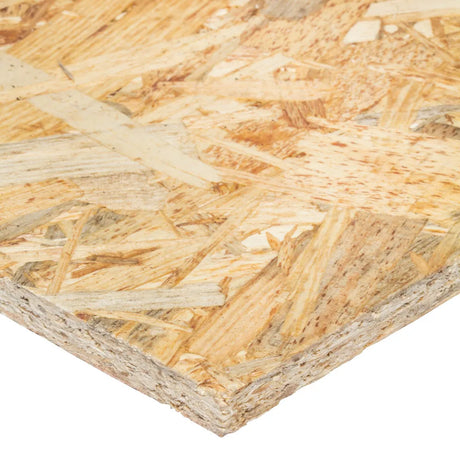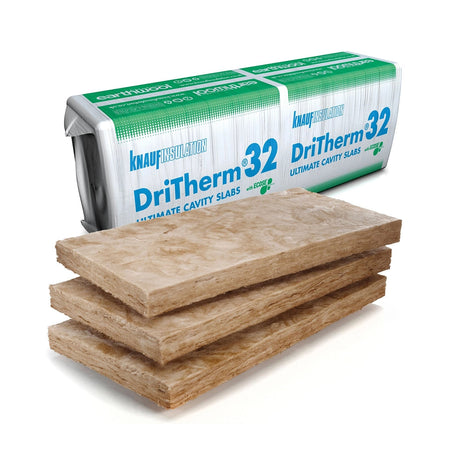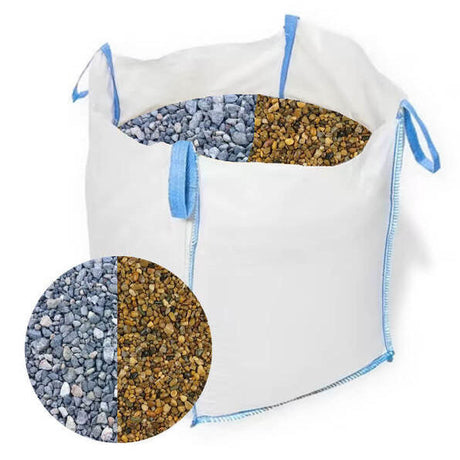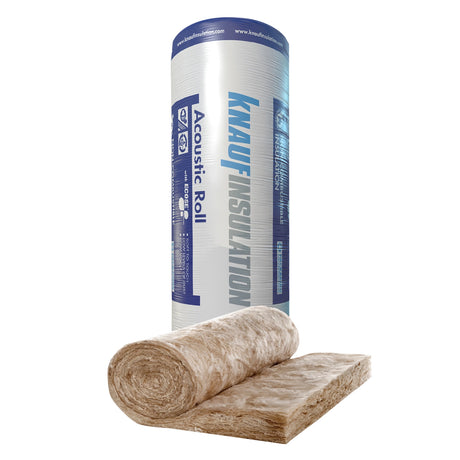When most people think about insulation, they picture cosy winter evenings with the heating on, keeping the cold at bay. I certainly did when I first started learning about building materials. It wasn't until I spent a sweltering summer in a poorly insulated loft conversion that I realised insulation works both ways. That uncomfortable experience led me down a fascinating path of discovery about how modern insulation materials, particularly PIR boards, can transform your home's comfort throughout the entire year.
Understanding How Insulation Actually Works
Before we dive into the specifics of summer performance, it's worth understanding what's actually happening with insulation. I'll be honest – when I first encountered terms like "thermal conductivity" and "U-values," my eyes glazed over slightly. But the principle is surprisingly straightforward once you strip away the jargon.
Insulation doesn't create warmth or coolness. Instead, it acts as a barrier that slows down heat transfer. During winter, it prevents the warmth you've paid to generate from escaping through your walls, roof, and floors. During summer, exactly the same principle applies in reverse – it stops the heat from outside penetrating into your living spaces. Think of it as a thermal shield that works in both directions, maintaining the temperature you want inside regardless of what's happening outside.
What Makes PIR Insulation Different?
PIR stands for Polyisocyanurate, which is admittedly a bit of a mouthful. When I first came across this material at our Stapleford warehouse, I was struck by how lightweight yet robust these boards felt. Leading British manufacturers like Celotex, Kingspan, and Recticel produce these boards right here in the UK, and they've become increasingly popular with both professional builders and DIY enthusiasts for good reason.
What sets PIR insulation apart from other insulation materials is its exceptional thermal efficiency. The boards consist of a rigid foam core sandwiched between foil facings, creating a structure that achieves remarkably low thermal conductivity values. In practical terms, this means you need less thickness to achieve the same insulation performance compared to traditional materials like mineral wool or expanded polystyrene.
The typical thermal conductivity of quality PIR boards ranges from 0.022 to 0.023 W/mK. Don't worry if those numbers don't mean much to you yet – I certainly struggled with them initially. What they tell us is that these boards are exceptionally good at resisting heat flow, which translates directly into better temperature control in your home.
The Summer Cooling Effect Explained
Here's where things get interesting for anyone who's ever suffered through a British heatwave. When the sun beats down on your roof throughout a summer's day, it's transferring enormous amounts of heat energy into your building. Without proper insulation, this heat radiates down through your roof space and into your living areas, turning upstairs rooms into virtual saunas by mid-afternoon.
PIR insulation addresses this problem through what's called thermal resistance. The boards create a barrier that significantly slows down the rate at which external heat can penetrate into your home. This doesn't just make your living spaces more comfortable – it can also dramatically reduce your reliance on fans, air conditioning units, and other cooling methods that consume electricity and add to your energy bills.
I've spoken with numerous customers who've installed PIR boards in their loft conversions or roof renovations, and the difference in summer comfort levels is often the first thing they notice. One tradesperson told me his client's master bedroom, which had previously been unbearable on summer evenings, became the coolest room in the house after proper insulation installation. That's the kind of real-world result that makes all the technical specifications worthwhile.
Choosing the Right Specification
The effectiveness of your insulation depends significantly on selecting the appropriate thickness and specification for your particular application. Current building regulations provide minimum standards, but understanding what these mean for your project helps ensure you're making informed decisions.
For pitched roofs, which are where summer heat gain often causes the most problems, regulations typically require U-values of 0.16 W/m²K or better. Achieving this usually means installing PIR boards between 100mm and 150mm thick, depending on the specific product and installation method. While thicker might seem like it would always be better, there are practical considerations around available space and structural implications that need balancing.
Brands like Celotex and Kingspan offer comprehensive product ranges with detailed technical specifications. Their GA4000 and TP10 ranges, respectively, are particularly popular for roof applications. These products combine excellent thermal performance with structural rigidity, making installation straightforward even for those new to working with insulation materials.
For walls and floors, the calculations differ slightly, but the principle remains the same – you're creating a thermal barrier that moderates temperature transfer in both directions. What surprised me when researching this was discovering that proper floor insulation can make a significant difference to summer comfort levels, particularly in rooms above garages or other unheated spaces.
Practical Installation Considerations
The performance you achieve in practice depends heavily on installation quality. Even the best insulation material won't perform to its potential if it's poorly fitted with gaps and thermal bridges. This was brought home to me when examining a botched loft conversion where the installer had left significant gaps between boards. The homeowner couldn't understand why their expensive insulation wasn't delivering the promised comfort improvements.
Achieving continuous insulation coverage requires attention to detail at every junction and penetration. The boards should fit snugly together, with joints staggered where multiple layers are used. Any gaps wider than 5mm should be filled with appropriate expanding foam or insulation strips. This might sound fussy, but these details make the difference between insulation that works well and insulation that performs exceptionally.
The integration with breathable membranes and ventilation systems is equally crucial. Adequate ventilation prevents condensation issues that could compromise both insulation performance and structural integrity. Modern PIR installations typically incorporate a 25mm air gap between the insulation and the roof covering, maintained using counter-battens. This seemingly small detail plays a vital role in moisture management and long-term performance.
Beyond Basic Thermal Performance
What's becoming increasingly clear is that effective insulation delivers benefits extending well beyond simple temperature control. The acoustic properties of PIR boards, for instance, contribute to reducing external noise transmission. While this isn't their primary function, it's a welcome secondary benefit, particularly in urban locations or properties near busy roads.
The fire safety characteristics of quality PIR products also merit consideration. British-manufactured boards from reputable suppliers are tested to BS EN 13501-1 standards, providing documented fire performance ratings. This compliance gives both installers and homeowners confidence in the safety of their chosen materials.
Environmental considerations are increasingly influencing material choices, and modern PIR insulation addresses these concerns through several mechanisms. The exceptional thermal efficiency means less material is required to achieve target performance levels, reducing both transportation impacts and installation time. Many manufacturers have also developed products with reduced global warming potential compared to earlier formulations, reflecting the industry's response to environmental challenges.
Making Your Investment Work
The upfront cost of quality insulation represents a genuine investment in your property's long-term performance and value. When customers ask me about costs, I always emphasise the importance of looking beyond initial material prices to consider long-term benefits. Reduced energy consumption for both heating and cooling, improved comfort throughout the year, and potential increases in property value all contribute to the overall return on investment.
Government incentive schemes and energy efficiency grants can sometimes help offset installation costs, particularly for certain types of retrofit projects. These schemes change periodically, so checking current availability makes sense when planning significant insulation upgrades.
Working with Professional Suppliers
The complexity of building regulations, material specifications, and installation requirements means that expert guidance proves invaluable. Our team has accumulated extensive experience helping customers navigate these decisions, from selecting appropriate products for specific applications to ensuring compliance with relevant standards.
We stock comprehensive ranges from leading manufacturers including Celotex, Kingspan, Knauf, and Recticel, allowing us to recommend solutions tailored to your specific requirements rather than trying to fit your project to our available inventory. This approach ensures you receive materials genuinely suited to your needs rather than simply what happens to be in stock.
Looking Forward
Understanding that insulation serves year-round purposes rather than simply keeping homes warm in winter opens up new perspectives on building performance. The same PIR boards that prevent heat loss during winter months work equally hard to maintain comfortable temperatures during summer heat waves.
Whether you're planning a loft conversion, undertaking a complete roof renovation, or simply looking to improve your home's energy efficiency, considering how your insulation choices will perform across all seasons ensures you're making decisions that deliver lasting value and comfort. We're always happy to discuss specific projects and help you identify solutions that meet your requirements whilst staying within budget.
For further guidance on insulation specifications, installation best practices, or to discuss your particular project requirements, our knowledgeable team stands ready to help you make informed decisions that deliver results you'll appreciate throughout the year.













